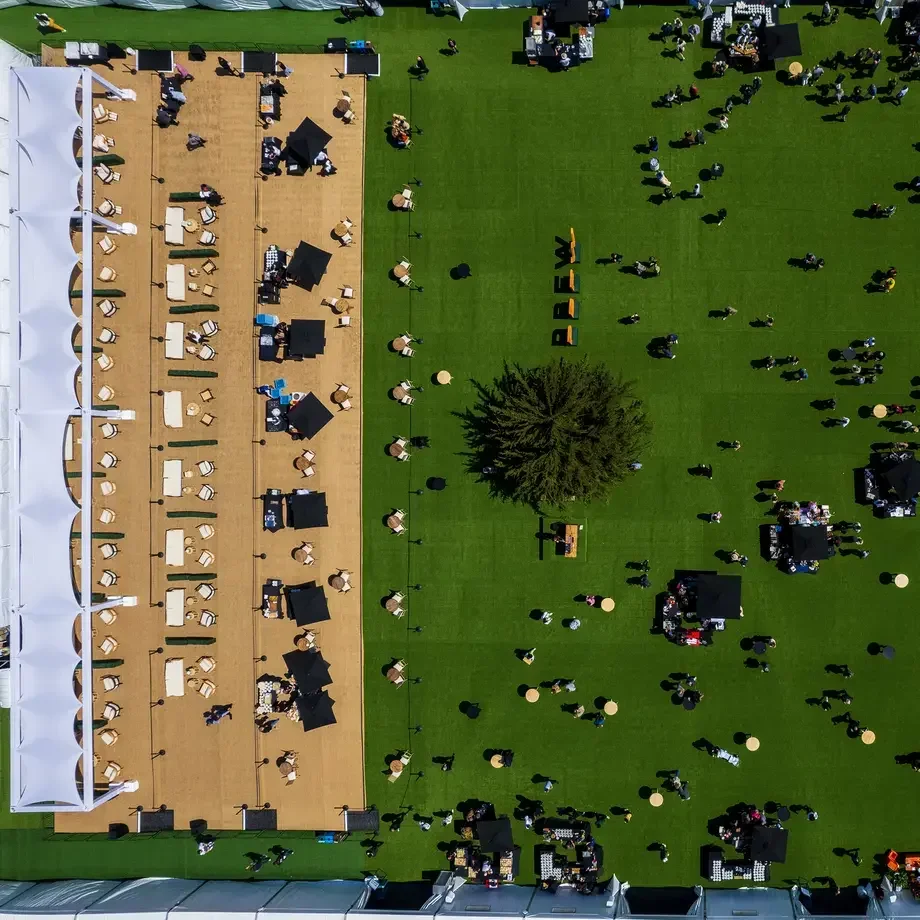The history of fortified wines is long and intriguing. It’s hard to say who was the first to add grape spirit in wine and why, but whoever it was, was either crazy or pure genius. Here is a list of fortified wines you should know.
PORT
Port is undoubtedly the most popular fortified wine. The intensive Vintage Ports and nuanced Tawnies set the bar very high for other fortified wines.
Port wine takes its first steps in the beautiful vineyards of Douro Valley, just a two hour drive from the city of Porto. The unforgiving terrain means lots of man-hours goes into taking care of the vineyards and picking grapes during harvest. Autochthonous grape varieties such as Touriga Franca, Tinta Roriz, Tinta Barroca and Touriga Nacional usually grow mixed in the vineyards. So, don’t bother to ask winemakers what grapes goes into the wine because even they are not entirely sure most of the time.
The two main categories are Ruby Port and Tawny Port. The deeply coloured Ruby Ports include wines such as Vintage Port and Late Bottled Vintage (LBV). Barrel aged Tawny Ports include wines like 10, 20 and 30-year-old Tawny Port and Colheita (single vintage Tawny). Also White Port and Rosé Port are produced. If you’re thirsty for some Port wine, a weekend getaway in the city of Porto makes for an epic vinous vacay.
SHERRY
A granny drink? Think again! This versatile fortified wine is making waves in the world of wine. If you want to be taken seriously as a wine lover you need to get into Sherry and fast.
Sherry is a fortified wine from Andalusia, Spain. The core area is located in the “Sherry Triangle” between Jerez de la Frontera, Sanlúcar de Barrameda and El Puerto de Santa Maria. The wine region is known for the striking white Albariza soil and the majestic wine cellars where Sherry ages in tall piles of barrels called the “solera". All the different styles of Sherry makes it a bit of an enigma for the average Joe.










